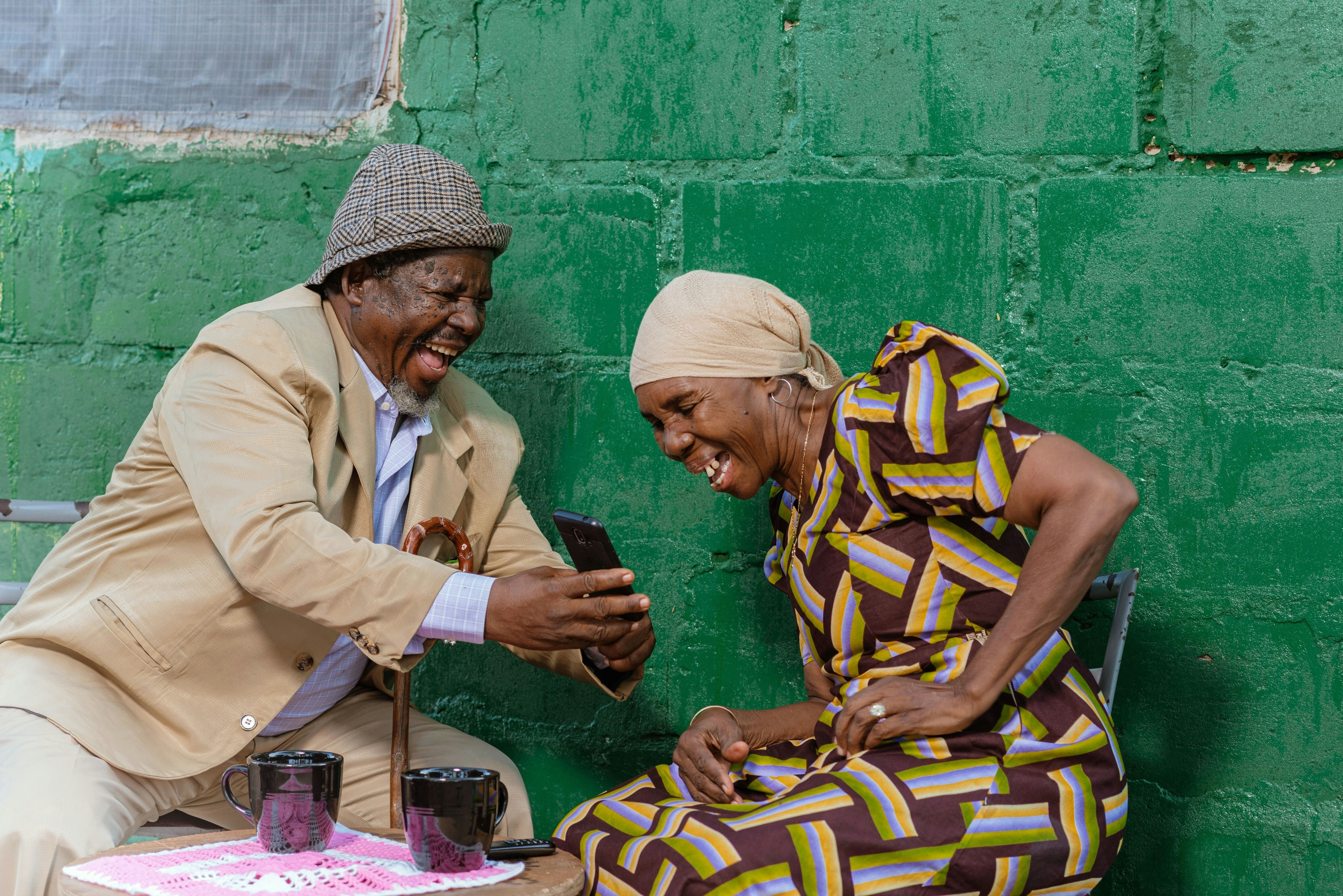Violence spreads like an infectious disease. We need to treat it like one

Violence remains one of the costliest, feared and devastating global challenges.
Image: REUTERS/Kamil Krzaczynski
Stay up to date:
Mental Health
We live in a paradox – but a dangerous one.
Our world is considered by some people more peaceful than ever, with historically low rates of violence and high levels of prosperity and health for many. Yet, because of the pervasiveness and epidemic nature of violence and its far-reaching impact, violence remains one of the costliest, feared and devastating global challenges.
Whether or not the optimistic view is misguided, there remains a need to overcome the obstacles to achieving shared targets such as “peaceful and inclusive societies”, one of the UN’s Sustainable Development Goals, which global leaders have been discussing during Geneva Peace Week.
Despite the relative decline in global violence since World War II, a new World Bank and UN study reveals that the number of major violent conflicts “has tripled” since 2010, “and fighting in a growing number of lower intensity conflicts has escalated”. We are all aware of the far-reaching political and economic costs of today’s wars and conflicts – as well as further risks.
Violence not only causes injury and death, but also erodes the physical, psychological, social, and economic health and development of nearly everyone in affected communities, reducing life expectancy, inflicting trauma, limiting opportunity and achievement, and further entrenching inequalities. Violence cost the world $14 trillion last year, 12.6% of world GDP. We are now faced with a mounting death toll and refugee crisis of historic and unsustainable proportions, with an estimated 65.6 million refugees – and still growing.
These extensive effects make it absolutely necessary to address violence as a first step toward global progress, and immediately support investments in effective preventive methods as we do with all other epidemics.
Recent scientific advances have demonstrated that violence behaves like other contagious health epidemics, yet it is the only health epidemic not primarily managed by the health sector.
We know from major public health campaigns that it is much less expensive to prevent disease than it is to treat it. In the case of polio eradication, savings will exceed the cost of our investment by a factor of four. Current peacebuilding expenditure, “at under $10 billion” according to the Global Peace Index, is “less than 1% the economic impact of war” even though it can save “up to 16 times the cost of the intervention” to prevent conflict.
New methods are now available for stopping violent events from occurring or spreading that are tailored to its disease and epidemic characteristics. The public health sector has a strong record of effective disease prevention and interruption, for example in fighting cholera, tuberculosis, AIDS and other infectious diseases. The success of these efforts has depended on changing behaviours and societal norms, and reaching the highest risk populations to prevent and limit spread.

Stopping epidemic disease saves lives and prevents future outbreaks. Through these methods, health workers reduce spread of the contagion and successfully reverse the epidemic process. As with other contagious health problems such as AIDS and Ebola, new protective behaviours and norms are then further promoted and supported at the community level, and an infrastructure of community resilience is maintained.
Over the last 15 years, Cure Violence and its partners have used these epidemic disease-control methods to prevent and reduce community violence in dozens of communities around the world on five continents.
The Cure Violence health epidemic control approach employs violence interrupters, outreach workers and hospital responders to interrupt conflict, prevent retaliations, reduce risk among those most likely to become violent, and to shift norms to prevent conflicts from escalating into fatal events.
Interrupters prevent lethal events. Outreach workers focus on identifying those at highest risk for involvement in violence. Hospital responders treat the victims of violence and prevent further spread from retaliation and address associated mental trauma. Each of these workers is hired for their credibility with those at highest risk or most involved, and are extensively trained to detect and mediate conflicts, apply epidemic control techniques, and map events and high-risk individuals.
Independent multi-site evaluations of programmes using this approach have found significant reductions in shootings and killings. An evaluation conducted in Chicago found the approach was associated with an up to 70% reduction in shootings and killings and an up to 100% reduction in retaliatory homicides. In Honduras, after the implementation of Cure Violence, shootings and killings dropped by 88% across five areas of San Pedro Sula. Similar results are being reported in several other cities and countries.
Organizations such as Rotary subscribe to a broad approach, focused on identifying common factors in peaceful, resilient societies, as well as conflict prevention. The two approaches work in parallel – Cure Violence and the epidemic control approach on immediate change and sustained norms, Rotary’s approach more on maintaining the peace and resiliency.
In effect, our philosophy adds and applies the concept of positive peace, as defined by the Institute For Economics & Peace, which identifies the key characteristics, and key interventions that lead to, more peaceful countries.

The framework provides evidence for factors such as equitable distribution of resources and high levels of human capital as the foundations (in a complex, interdependent way) of peaceful societies, rather than the effect of a decline in violence. It also reflects the findings of the new UN-World Bank Study on the Prevention of Violent Conflict.
The study, according to the president of the World Bank, Jim Yong Kim, debunks the “longstanding assumption that income growth alone leads to peace”.
Take Syria for example, once a middle-income nation, on the verge of meeting the Millennium Development Goal targets for education and healthcare, which has now lost “six decades of development gains in five years of conflict”.
The report also cites evidence to clarify that “inclusion matters as much as income growth or institutions in ensuring resilience against conflict”.
The emphasis in the report on inclusion vindicates the approach taken by organizations through targeting different areas of focus, from basic education to preventing disease. To promote inclusion means looking in depth at the barriers to sustainable development, and reshaping the narrative of globalization, rather than fixating on economic growth in a very narrow sense as the guarantor of peace.
If exclusion from access to power, opportunity and security is a breeding ground for instability and violence, more must be done to empower those at risk of marginalization.
One response to the migrant crisis in Europe offers a concrete example of an effective intervention. In 2015, Anne Kjaer Riechert, a Danish Rotary peace fellow alumna living in Berlin, witnessed the flood of refugees entering Germany. When she observed 1.1 million asylum seekers, mostly from Syria, she saw an opportunity that would benefit both the refugees and their host country. She knew that there were tens of thousands of vacant jobs in information technology in Germany, and she realized that gainful employment was vital for the migrants to integrate into the local culture and economy.
Her solution was to create a coding school for refugees to fill some of those jobs, partnering with major companies (including Microsoft and Deutsche Telekom) to provide additional training in entrepreneurship and business skills, as well as office space. Local start-ups have a new talent pool to meet their growing needs, while migrants are able to enhance their employment prospects while waiting for their asylum applications to be processed, and then find valuable work.
Ultimately, the UN-World Bank study released this week validates both approaches outlined above, in their attempt to address both exposure to violence through public health methods, and to promote inclusive development as a stepping stone to sustainable peace.
As we shift the paradigms through which we understand and approach violence, we can both work to make rapid and sustained change – using and strengthening existing infrastructures to reduce violence as rapidly as possible and keep it at bay. If we treat violence like we treat all other epidemics, we can help resolve some of today’s challenges more immediately and support a sustainable future.
Don't miss any update on this topic
Create a free account and access your personalized content collection with our latest publications and analyses.
License and Republishing
World Economic Forum articles may be republished in accordance with the Creative Commons Attribution-NonCommercial-NoDerivatives 4.0 International Public License, and in accordance with our Terms of Use.
The views expressed in this article are those of the author alone and not the World Economic Forum.
Related topics:
Forum Stories newsletter
Bringing you weekly curated insights and analysis on the global issues that matter.
More on Wellbeing and Mental HealthSee all
Hannes Klöpper
August 26, 2025
David Ebube Nwachukwu and Adam Skali
August 25, 2025
Margarita Louis-Dreyfus
August 22, 2025
Maha Hosain Aziz
August 20, 2025
Chavalit Frederick Tsao
August 19, 2025
Shyam Bishen
July 17, 2025






